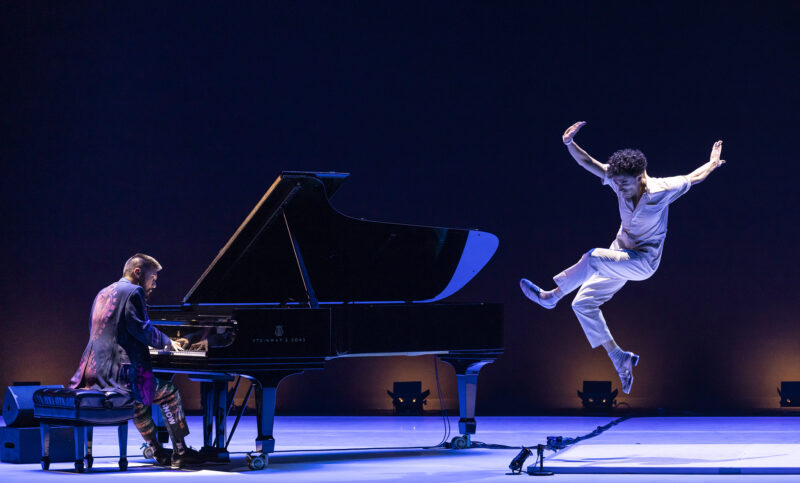YoungArts is truly for life. From the moment someone is named a YoungArts award winner, they become part of an intergenerational, interdisciplinary community that supports their creative journey at every stage. For many artists, YoungArts is where lifelong collaborations begin. Connections sparked during National YoungArts Week and other programs often evolve into meaningful partnerships that span years and disciplines. We spoke with two pairs of YoungArts collaborators—Conrad Tao (2011 Classical Music & U.S. Presidential Scholar in the Arts) and Caleb Teicher (2011 Dance), and Katina Pantazopoulos (2022 Classical Music) and Sadie Goodman (2022 Classical Music)—to learn how their creative relationships started, how they’ve grown, and what collaboration means to them.
How did you meet and when did you decide to collaborate?
Caleb: Conrad and I were YoungArts winners the same year, so I first heard his work as a composer during National YoungArts Week. Even that early on, Conrad’s compositions spoke to me— something urgent and complex and beautiful about his work. A few years later, we were both hired to perform at the YoungArts Gala in 2013, and I asked the director if I could work with Conrad. The Gala gig brought us together as friends and since we both lived in NYC, we started hanging out, seeing each other’s shows, but it wasn’t until 2017 that we decided to embark on our first big project together. The development from distantly-knowing-each-other to super-frequent-collaborators was very natural; it just developed alongside our friendship.
Katina: The story of how we met is, to say the least, a bit unconventional. We were both named 2022 YoungArts winners with distinction, but due to the circumstances that year, our experience of YoungArts Week was entirely virtual. Introductions were made in a digital “room” of about twenty peers, and we did our best to navigate first impressions through screens, piecing together personalities without ever meeting face to face. As we began to connect more deeply online, we made a surprising discovery: we were both students at Juilliard Pre-College yet had never crossed paths in person. Once that realization set in, everything unfolded naturally. We started spending more time together on campus, which soon evolved into long Saturday nights rehearsing for hours in a classroom—this, after already having spent a full day immersed in lessons and performances. As we gained momentum in our collaboration, we decided to more formally brand ourselves as @hello.flello.
What have you collaborated on? What is the dynamic of your collaboration?
Conrad: We’ve collaborated on the aforementioned work for a YoungArts Gala in 2013, which was a piece for piano, cello, electronics, and Caleb dancing on a table, among other things. A few years later, we created a larger evening-length work together, More Forever, which also was for piano and electronics and percussive dance, but also included the element of sand for feet to dance on and interact with, a toy piano for me, and also featured multiple dancers—seven, to be precise.
Our main collaboration these days, the show of ours that tours the most, is a duo recital, Counterpoint, which feels like a twist on familiar forms — a piano recital or a dance concert — and aims to upend expectations a bit. The program flows, sometimes smoothly, sometimes jaggedly, between our seemingly different instruments and genres, featuring music by Johann Sebastian Bach, Arnold Schoenberg, Art Tatum, Johannes Brahms, ourselves, and others. The dynamic is built on trust, curiosity, and a shared sense of humor.
Caleb: Also, we were the first dance-music hybrid act to have an NPR Tiny Desk Concert! I feel pretty proud to represent the interdisciplinary values of YoungArts on such a reputable platform.
Sadie: Our artistic collaboration blossomed very naturally around our connection with one another. As we grew as friends, we also grew to love each other’s musical “personalities”. Throughout 2023-24, HelloFlello was fortunate enough to be showcased in several recitals and concert series’ in and around New York. We created a set of classical programs featuring cello and flute duets, highlighting the beauty of the unconventional combination of instruments. We used the YoungArts Microgrant we were awarded to make a recording of “The Jet Whistle” by Heitor Villa-Lobos; there isn’t much repertoire for flute and cello, but this piece is a treasure, and we were thrilled to work on it together.
Tell us about what it’s like to apply to opportunities together.
Katina: Pursuing opportunities together has been both exhilarating and deeply fulfilling, rooted in our shared conviction for the artistic purpose driving our work. Receiving the YoungArts Microgrant was profoundly affirming—it validated not only our vision but also the strength of our collaboration. Each project we undertake strengthens the foundation of our partnership, and with every new opportunity, we grow closer, both creatively and personally.
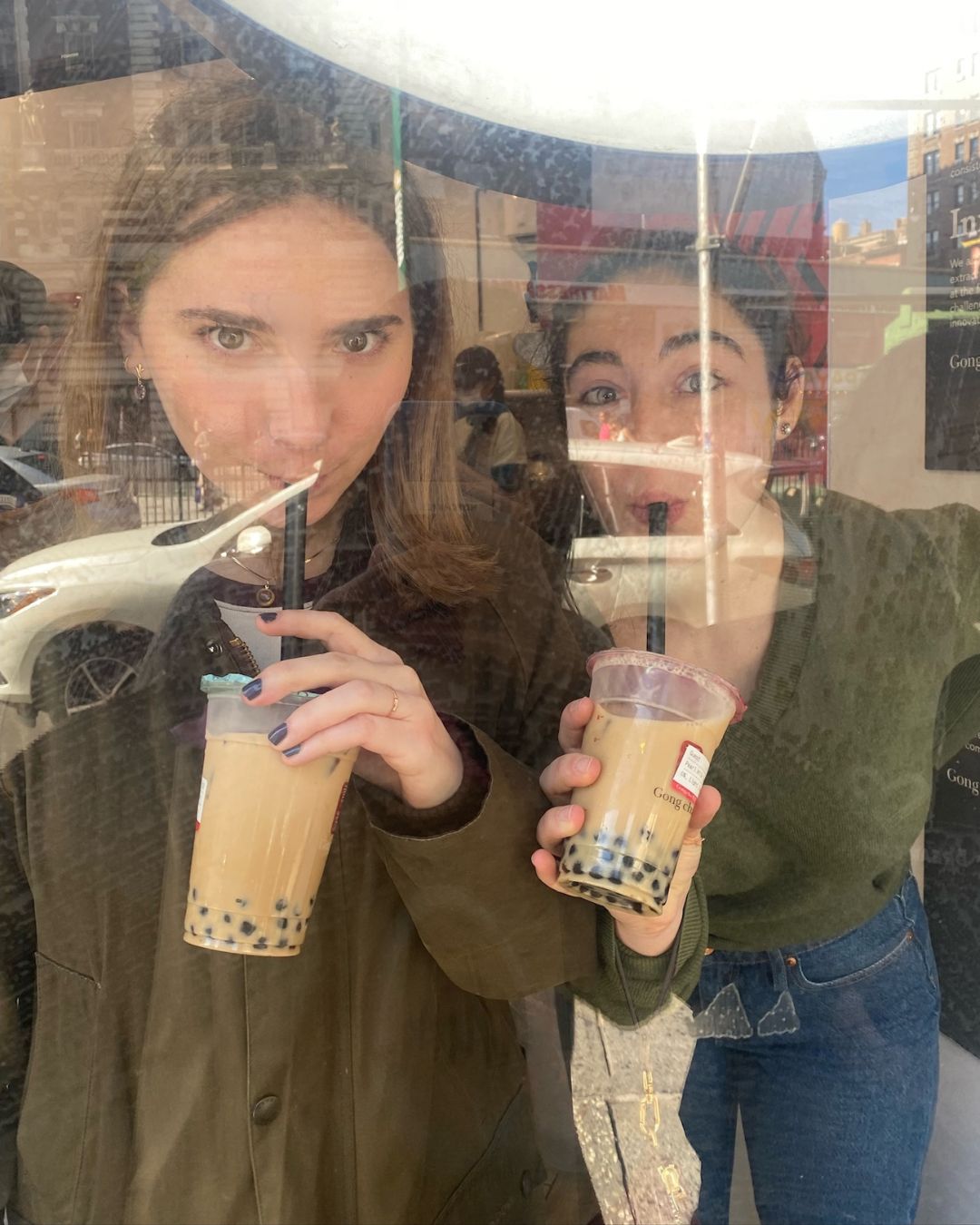
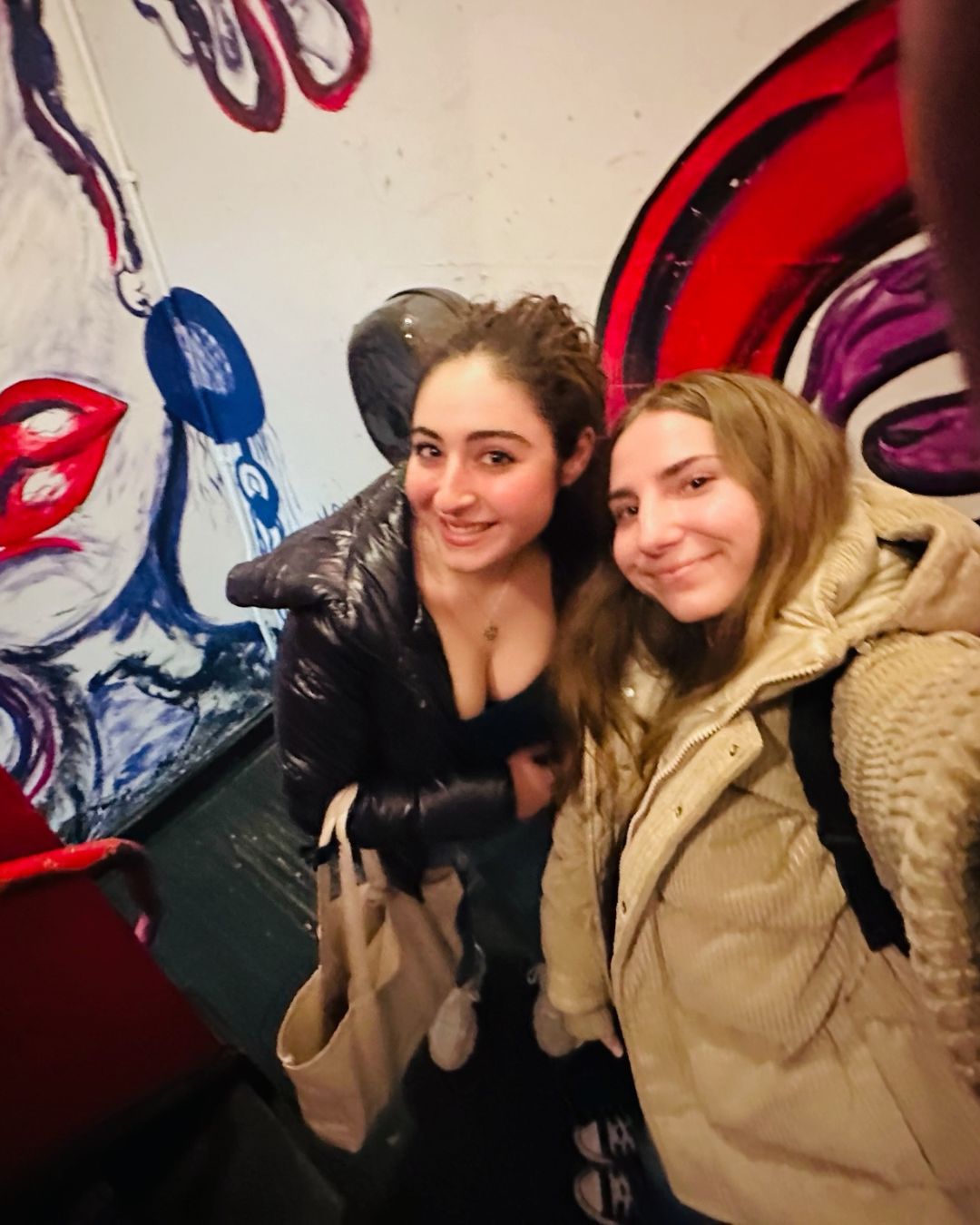
How do your different practices bounce off each other? What have you learned from each other’s practice?
Caleb: Conrad and I are different in quite obvious ways: our jobs are different (I make and perform dance, and Conrad makes and performs music); our traditions are different (Conrad’s from a mostly-classical music education background, and I’m from a mostly-jazz dance education background); and our interests are different (Conrad loves club music, harsh noise and the avant-garde, and I am almost never found in a club, take sign language and mime classes, and spend a lot of time as a yogi). I think, because we have a lot in uncommon, it highlights something deeper that we share in common: an interest in music and dance as broad ideas, art as an expressive and communicative way of living, and a deep desire for discussion/discourse/collaboration that pushes us to extremes or, at the very least, outside our comfort zones.
Conrad: This is a great question, and there are many different ways of answering it. One thing I’ve taken from the discipline of dance is the notion of a movement vocabulary — not just as a way of thinking about choreography, but as a lens for understanding how an instrument’s physical demands shape a piece of music. Every instrument — piano, floor, shoes, MIDI controller — has its own cluster of physical vocabularies, shaped by genre, history, and a performer’s individual technique. Each individual work has its own movement vocabulary, too. That’s been a useful idea for me, both clarifying and complexifying, a new angle on what a piece’s material might be.
Another thing I’ve found fascinating about working with Caleb is the common ground between our instruments. We both play ostensibly percussive instruments where the sensation of a continuous legato line is, in some ways, an illusion. This raises interesting questions about what it actually means for something to be perceived as melody, what the actual substance of continuity might be. One of the things I hope happens in our show together is that the audience starts to experience musical line as physical gesture, and vice-versa.
Sadie: Working with Katina has opened up my eyes in so many ways. When a bow is in her hand, she is truly singing and conveying a clear message, whether she is on stage or in a tiny rehearsal room. Her warm stage presence and commitment to her ideas are incredibly special to watch, and all the more special to be part of.
Katina: Sadie’s playing is inspiring because her sound is so warm and flexible. I observe how she uses her breath and focus to make the flute sound like a soprano voice. My mom is a soprano, and my playing is influenced by how singers phrase, so when I heard Sadie for the first time, I was attracted immediately because I recognized a kindred spirit.
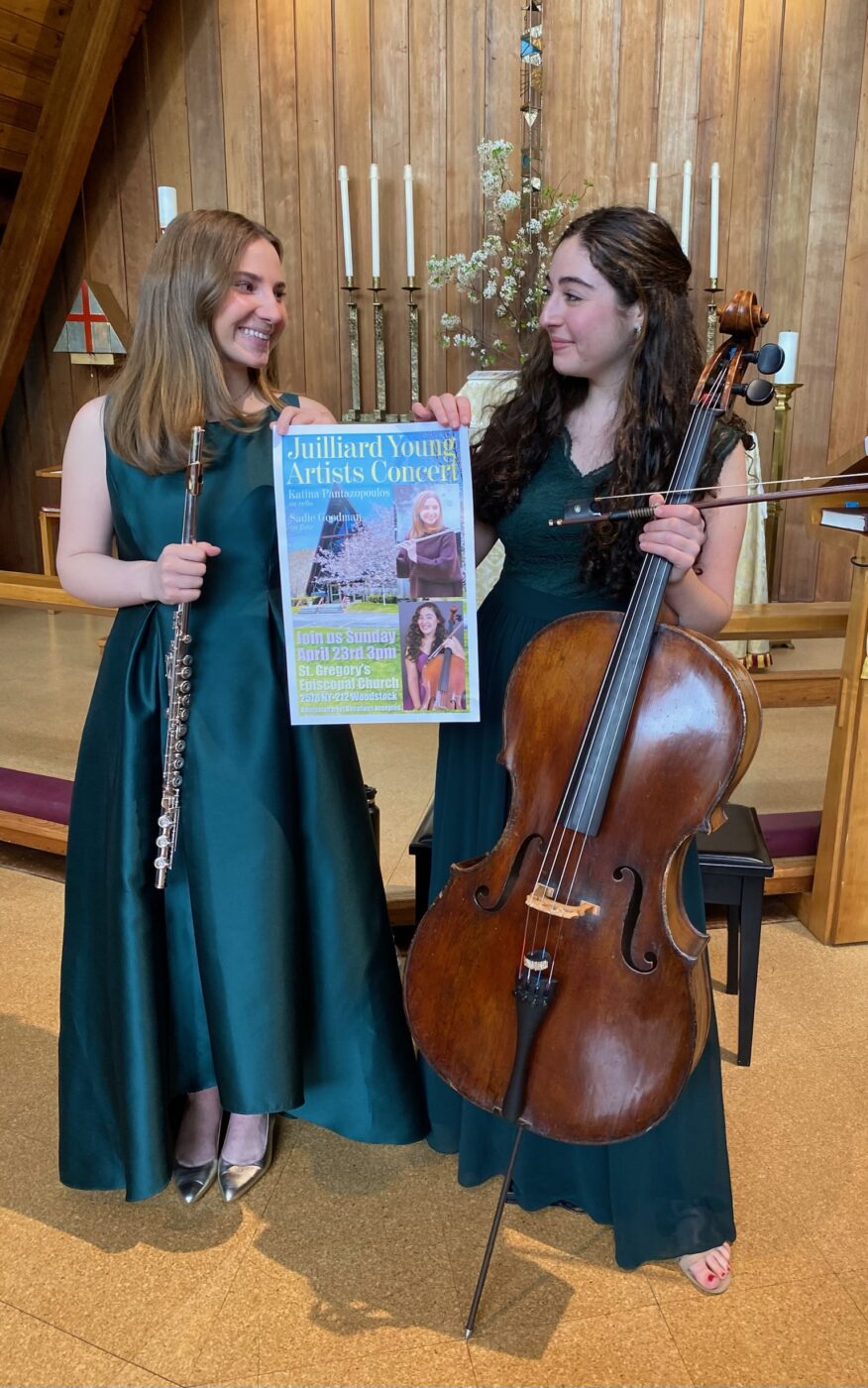
What’s next for your collaboration?
Katina and Sadie: As a duo, we are hoping to expand our repertoire and continue to search for new opportunities to concertize and share our music to the community. Although there isn’t a plethora of repertoire written for the flute and cello, we are committed to searching for hidden works and potentially arranging and commissioning music too.
Conrad and Caleb: What’s next is really a continuation. We’ve started adding new material to our Counterpoint recital and have even created versions that function as sequels, since we’re fortunate to be rebooked by some presenters. We have other ideas brewing, but they’re a bit too early to share just yet.
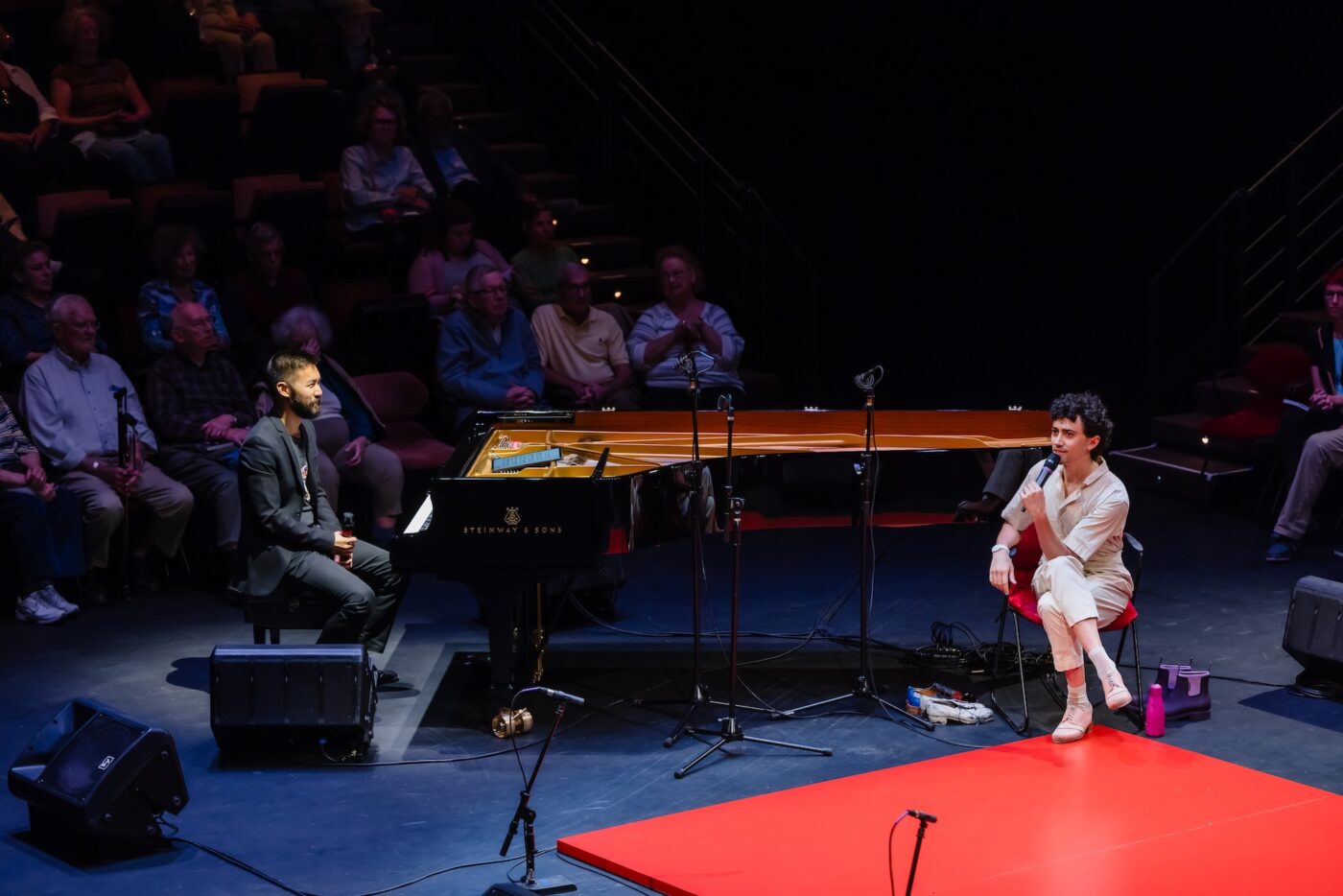
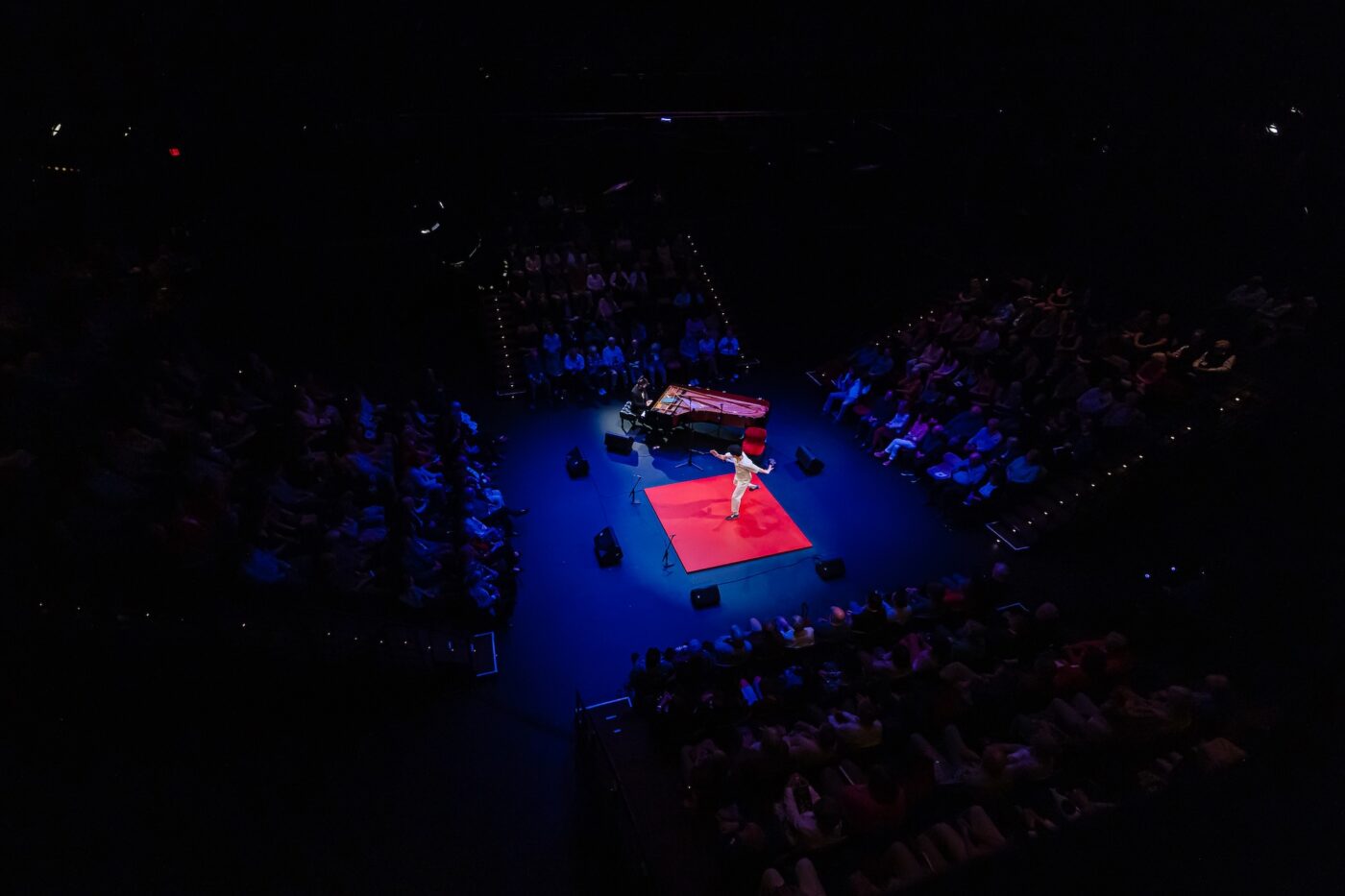
Anything else you’d like to share with us?
Conrad: The best thing about interdisciplinary collaboration is finding a vocabulary for the work you are doing together, a vocabulary that cuts through the technical vocabularies of each person. I have found this immensely gratifying in my life. It has highlighted what the really important stuff is. It has given me a new perspective on what our common ground might be. YoungArts really planted these seeds all those years ago.
